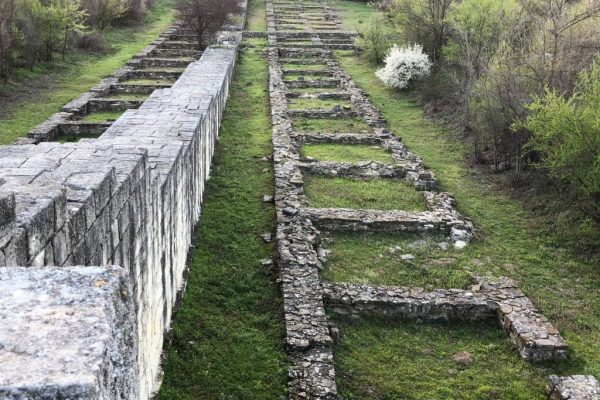Veliki Preslav during “Golden Age’’
The town was founded decades before it was declared for a capital – probably in the beginning of the ІХ century during the reign of the Khans Krum or Omurtag. Following the official Christianisation (in 864) many Orthodox churches were built in Preslav, which explains about the vast number of the population and the gradual growth of the town.
In 893, Boris І declared the moving of the capital from Pliska to Preslav and placed Simeon on the throne (893-927). Tsar Simeon I remained in Bulgarian history with the nickname “The Great´´, and his government is defined as the “Golden Age’’. Bulgarian language was proclaimed the official language for liturgies and in state offices and the archaeological excavations prove that the town continued to develop and reached its magnificence during the reign of Tsar Peter (927-969).
The Bulgarian capital could have been a rival of Constantinople with its magnificent palaces, temples and impressive buildings, linked with streets, squares and covered passages.









